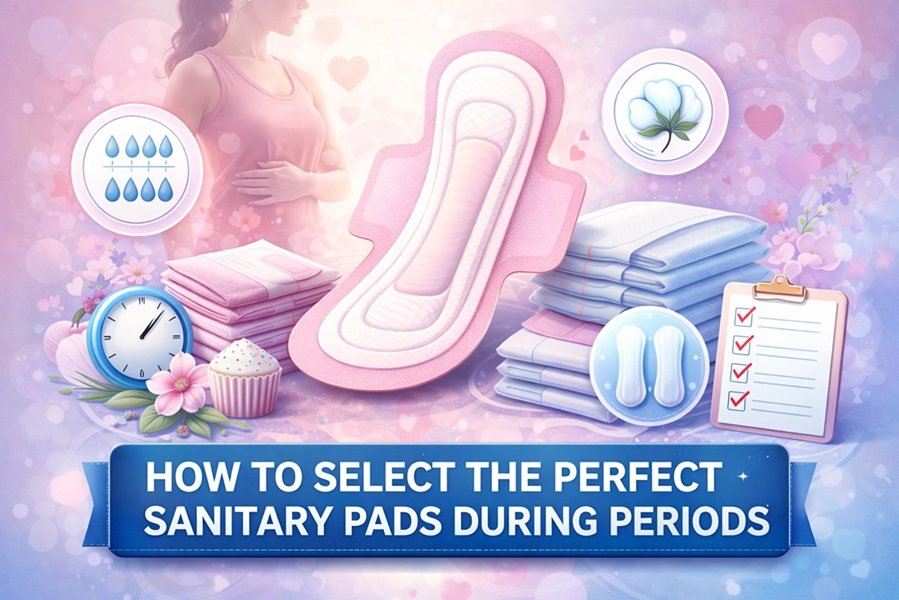
Introduction
Condoms have long been recognized as a reliable and widely accessible method for preventing both unintended pregnancies and sexually transmitted infections (STIs). However, they are not the only option. Whether due to allergies (like latex sensitivity), personal preferences, religious beliefs, or a desire for long-term protection, many individuals seek alternatives to condoms.
This article delves deep into the various alternatives to condoms, examining their pros, cons, effectiveness, and safety.
Why Seek Alternatives to Condoms?
People look for alternatives due to:
- Latex allergies or sensitivities
- Desire for hormone-free methods
- Long-term birth control planning
- Partner preference
- Reduced sensation or discomfort with condoms
- Medical advice or contraindications
Broad Categories of Condom Alternatives
Condom alternatives generally fall into two broad categories:
- Contraceptive Methods (to prevent pregnancy)
- Barrier Methods for STI Prevention
It’s important to note: most alternatives prevent pregnancy but not STIs. Only a few offer dual protection.
1. Hormonal Contraceptives
These use synthetic hormones to prevent ovulation, thicken cervical mucus, or alter the uterine lining.
a. Birth Control Pills
- How it works: Prevents ovulation.
- Effectiveness: ~99% with perfect use; ~91% typical use.
- Pros: Regulates periods, reduces acne, non-intrusive during sex.
- Cons: Daily commitment, side effects like nausea, mood swings.
b. Contraceptive Patch
- How it works: Worn on the skin, releases estrogen and progestin.
- Effectiveness: Similar to pills.
- Pros: Weekly use.
- Cons: Visible, skin irritation possible.
c. Vaginal Ring (NuvaRing)
- Inserted into the vagina for three weeks.
- Pros: Monthly application.
- Cons: May cause vaginal irritation, must be comfortable with insertion.
d. Injectable Contraceptives (e.g., Depo-Provera)
- Given every 3 months.
- Pros: No daily or weekly actions needed.
- Cons: Delayed return to fertility, potential weight gain, mood changes.
e. Implants (e.g., Nexplanon)
- A small rod inserted under the arm skin.
- Lasts up to 3-5 years.
- Very effective.
2. Intrauterine Devices (IUDs)
a. Hormonal IUD (e.g., Mirena, Kyleena)
- Releases progestin, thickening cervical mucus and suppressing ovulation.
- Lasts 3–7 years.
- Highly effective.
b. Copper IUD (Paragard)
- Non-hormonal, uses copper to immobilize sperm.
- Lasts up to 10 years.
- May cause heavier periods initially.
3. Permanent Birth Control
a. Tubal Ligation (Female Sterilization)
- Surgical procedure sealing fallopian tubes.
- Permanent and highly effective.
- Irreversible or difficult to reverse.
b. Vasectomy (Male Sterilization)
- Cuts or seals the vas deferens, preventing sperm from reaching semen.
- Highly effective and low-risk outpatient surgery.
4. Barrier Methods (Non-condom Based)
a. Diaphragm
- A flexible dome inserted into the vagina covering the cervix.
- Used with spermicide.
- Reused multiple times.
b. Cervical Cap
- Smaller than a diaphragm.
- Requires proper fitting.
- Less effective in women who’ve given birth vaginally.
c. Sponge
- Foam device containing spermicide.
- Inserted before sex, provides 24-hour protection.
- OTC option.
5. Emergency Contraception
- Morning-After Pills like Plan B or Ella.
- Used after unprotected sex or contraceptive failure.
- Not a regular method.
6. Natural and Behavioral Methods
a. Fertility Awareness Method (FAM)
- Track ovulation through basal body temperature, cervical mucus, and calendar.
- Avoid intercourse during fertile window.
- Requires commitment and consistency.
b. Withdrawal (Pull-Out Method)
- Removing the penis before ejaculation.
- High failure rate, not STI-safe.
c. Abstinence
- The only 100% effective way to prevent pregnancy and STIs.
7. STI Prevention Alternatives (Non-Contraceptive)
If your main concern is STI prevention, and not contraception, consider:
a. Dental Dams
- Barrier used during oral sex on vulva or anus.
- Made of latex or polyurethane.
b. Internal (Female) Condoms
- Worn inside the vagina or anus.
- Offers similar protection as male condoms, but less popular.
c. HIV PrEP (Pre-Exposure Prophylaxis)
- Daily medication for people at risk of HIV.
- Does not prevent other STIs or pregnancy.
Comparison Table: Condom Alternatives
| Method | Pregnancy Prevention | STI Protection | Hormonal | Reversible |
|---|---|---|---|---|
| Birth Control Pill | ✅ High | ❌ | ✅ | ✅ |
| IUD (Copper) | ✅ Very High | ❌ | ❌ | ✅ |
| Diaphragm | ✅ Moderate | ❌ | ❌ | ✅ |
| Dental Dam | ❌ | ✅ | ❌ | ✅ |
| Internal Condom | ✅ Moderate | ✅ | ❌ | ✅ |
| Vasectomy | ✅ Very High | ❌ | ❌ | ❌ |
| PrEP | ❌ | ✅ (HIV only) | ✅ | ✅ |
Considerations Before Choosing an Alternative
- Effectiveness: How reliable is the method?
- Partner communication: Are both parties comfortable?
- Side effects: Hormonal or allergic responses.
- Ease of use: Is it practical for your lifestyle?
- Medical eligibility: Some methods may not be safe for everyone.
Always consult a qualified healthcare provider or gynecologist to choose the method that best suits your medical and personal needs.
Conclusion
Condoms are an excellent option for dual protection, but they are not the only way to stay safe. From long-term IUDs to hormonal pills, barrier methods, and natural planning, there are many alternatives to condoms that cater to different lifestyles, medical needs, and preferences.
If you’re sexually active and considering switching from condoms, make sure to:
- Evaluate your goals (pregnancy prevention, STI protection, both),
- Research the options, and
- Talk to your doctor.
Your sexual health is a vital part of your overall well-being — choose a method that’s safe, effective, and empowering.
Explore
- Withdrawal vs. Condoms: What’s Safer?
- Understanding the Different Types of Condoms
- Flavoured Condoms: Why Do They Exist? 5 Tips for Proper Use
- Innovative Strategies for Infection Control: From Condoms to Vaccines
- Feminine Hygiene Products: Which Ones Are Safe for Vaginal Health?
Disclaimer
This article is for educational purposes only and does not constitute medical advice. Always consult a licensed healthcare provider before starting or changing any contraception or STI prevention method.







